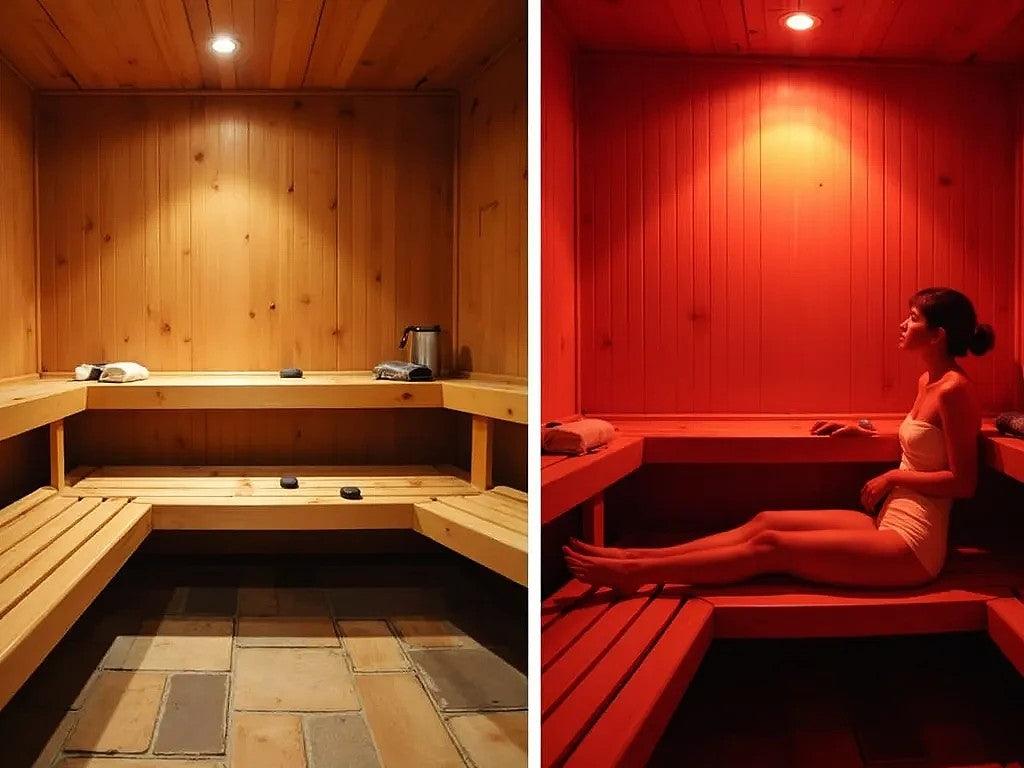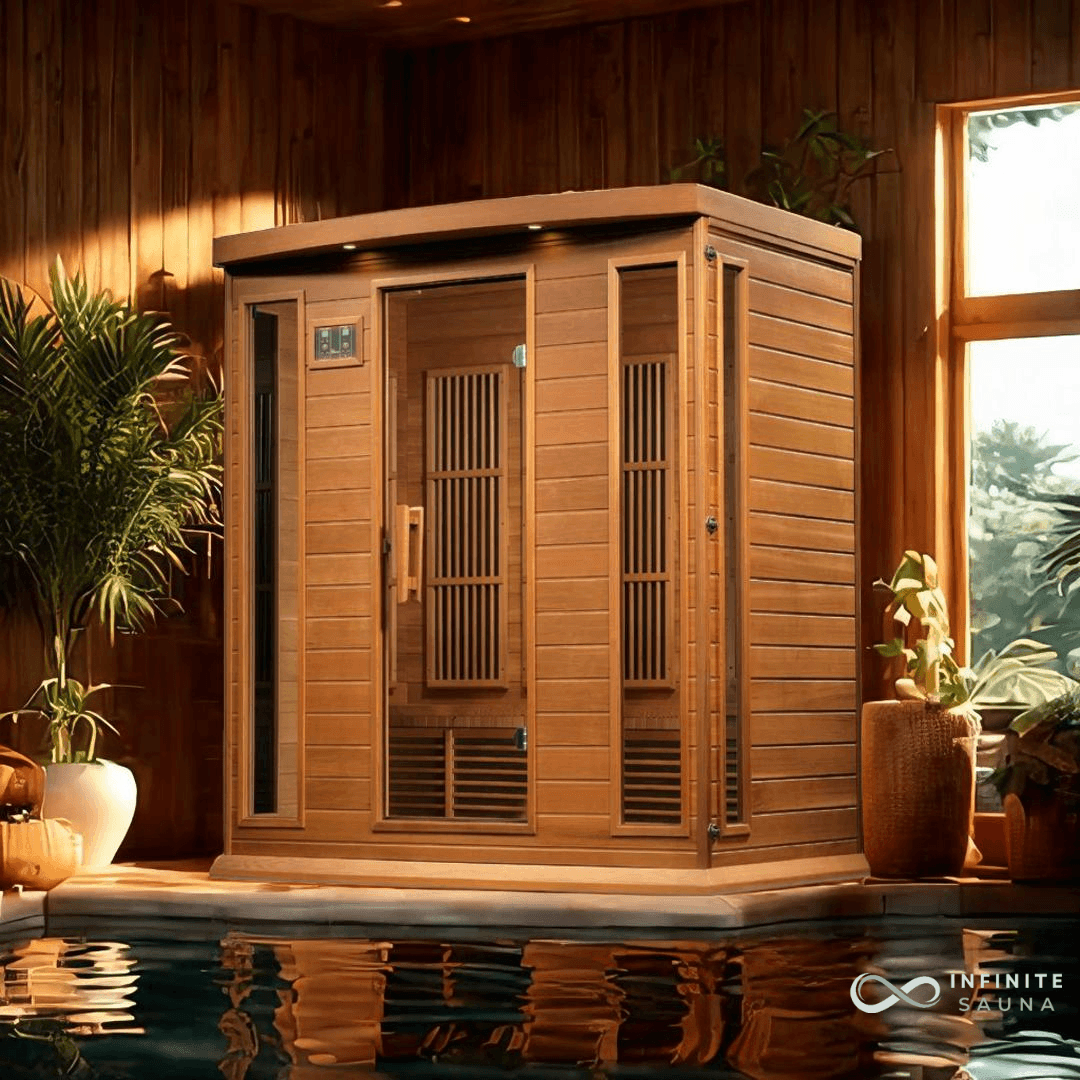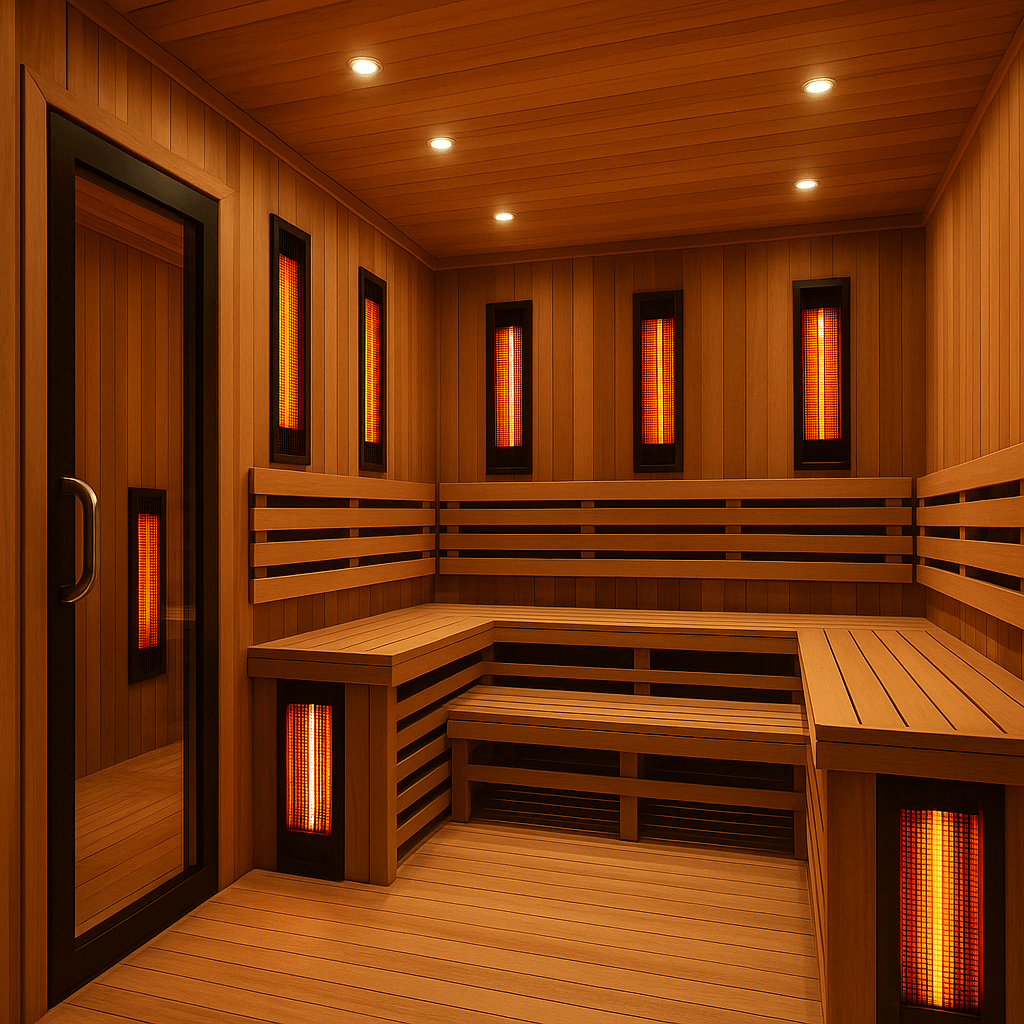Chromotherapy in Infrared Saunas: Physiological Mechanisms and Clinical Applications
Chromotherapy, also known as color light therapy, is a complementary modality that has been increasingly integrated into infrared sauna light therapy systems. While traditional saunas focus primarily on thermal effects, modern units often combine heat with full-spectrum lighting to target specific biological processes. By exposing the body to specific wavelengths of visible light, chromotherapy seeks to elicit neuroendocrine responses, promote tissue repair, and regulate circadian rhythms.
This article examines the scientific basis of chromotherapy within thermal wellness environments. We analyze clinical research, light physiology, and user outcomes related to chromotherapy lights for sauna applications—providing a rigorous review for both practitioners and health-aware consumers.
1. Light Wavelengths and Biological Interactions
Understanding Photobiomodulation
The human body responds to specific wavelengths of light through a process called photobiomodulation. These responses are wavelength-dependent and interact with intracellular chromophores—light-absorbing molecules that influence mitochondrial activity and gene expression.
| Color | Wavelength (nm) | Target Effects |
|---|---|---|
| Red | 620–750 | Stimulates collagen, circulation, cellular repair |
| Blue | 450–495 | Anti-inflammatory, antibacterial, calming |
| Green | 495–570 | Balances mood, reduces anxiety |
| Yellow | 570–590 | Digestive support, lymphatic stimulation |
| Orange | 590–620 | Boosts metabolism, emotional uplift |
| Violet | 380–450 | Calms the nervous system, supports intuition |
This chromotherapy color chart forms the basis for light application in therapeutic settings. By aligning wavelength selection with physiological objectives, chromotherapy becomes a precise, non-invasive tool within wellness protocols.
2. Integration into Infrared Sauna Systems

Synergistic Effects of Heat and Light
Modern infrared units frequently integrate color LED panels behind light-diffusing lenses, allowing the user to customize their session according to health objectives. A chromotherapy sauna therefore delivers simultaneous infrared heat and targeted light exposure.
Core Advantages:
-
Infrared heat promotes detoxification and circulation.
-
Chromotherapy light modulates mood, immune response, and hormonal function.
-
Combined sessions increase session compliance and therapeutic diversity.
For a curated collection of advanced systems offering both infrared heat and chromotherapy, visit Infinite Sauna’s infrared saunas with chromotherapy collection.
3. Clinical and Psychological Benefits of Colored Light
Evidence-Based Outcomes
While large-scale clinical trials remain limited, targeted studies have documented physiological and psychological outcomes associated with color-based therapies, especially when integrated into controlled environments such as infrared cabins.
Red Light (620–750 nm)
-
Increases ATP production via mitochondrial cytochrome c oxidase activation.
-
Supports collagen synthesis and tissue regeneration.
-
Used in dermatology for wound healing and wrinkle reduction.
Blue Light (450–495 nm)
-
Inhibits bacterial growth, useful in acne treatment and surface sanitation.
-
Reduces sympathetic nervous system activity.
-
Promotes mental calm and focus.
Green and Yellow Light
-
Balances emotional state and supports adrenal hormone balance.
-
Stimulates the thymus gland and supports lymph flow.
-
Enhances digestion and appetite regulation.
Violet and Indigo Light
-
Engages the parasympathetic nervous system.
-
Used in insomnia treatment and mental clarity exercises.
A study in Photomedicine and Laser Surgery (2017) showed statistically significant improvements in mood, heart rate variability, and sleep quality after consistent exposure to blue and violet light in wellness-oriented participants.
4. Applications of Infrared Sauna Light Therapy in Clinical Settings
Target Use Cases
-
Anxiety and Stress Disorders
Blue and green wavelengths help downregulate cortisol and normalize heart rate variability (HRV), a biomarker of autonomic resilience. -
Post-Operative Recovery
Red and near-infrared light support mitochondrial repair, reduce inflammation, and stimulate angiogenesis—useful after orthopedic or dermatological surgery. -
Chronic Pain Syndromes
Full-spectrum light in conjunction with infrared therapy can reduce inflammatory markers and improve patient-reported outcomes in fibromyalgia and neuropathy. -
Hormonal Imbalance and Circadian Disorders
Yellow and green lights have been linked to melatonin regulation and may help stabilize sleep-wake cycles in shift workers and insomnia patients.
5. Safety and Optimization Parameters
Clinical Best Practices
-
Session Length: 15–30 minutes per exposure, 3–5x per week.
-
Eye Protection: Patients with photophobia or ocular sensitivity should wear protective goggles.
-
Contraindications: Individuals with epilepsy, active skin cancer, or photosensitizing medication should avoid or consult a medical provider before use.
-
Ambient Temperature: Chromotherapy systems function optimally within standard infrared sauna thermal ranges (120°F–140°F).
As the wellness industry evolves toward more integrative models of care, infrared sauna with chromotherapy is gaining clinical traction. Light wavelengths affect mood, metabolism, and inflammation through specific neurochemical and mitochondrial pathways. When deployed in tandem with infrared heat, chromotherapy enables multidimensional health outcomes—from improved mood to faster recovery and immune modulation.
For those investing in a chromotherapy light system, understanding the biological function behind each wavelength is essential. Proper integration, paired with a well-built thermal system, transforms the home environment into a powerful, evidence-based sanctuary for wellness.
Shop on Infinite Sauna for infrared saunas with chromotherapy for a wide array of quality saunas.
Additional Resources:







Leave a comment
This site is protected by hCaptcha and the hCaptcha Privacy Policy and Terms of Service apply.